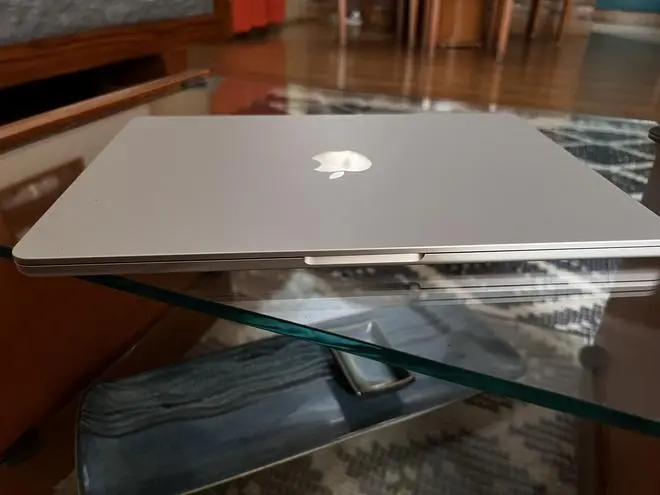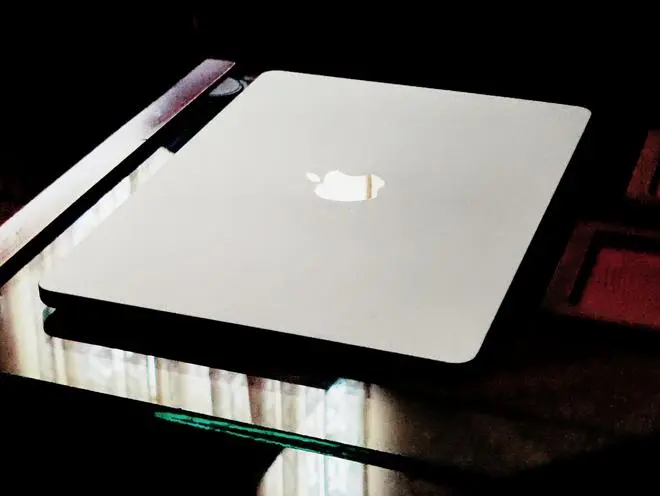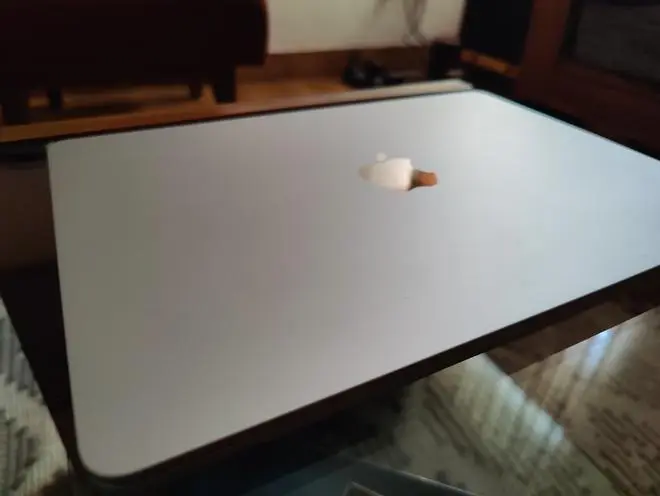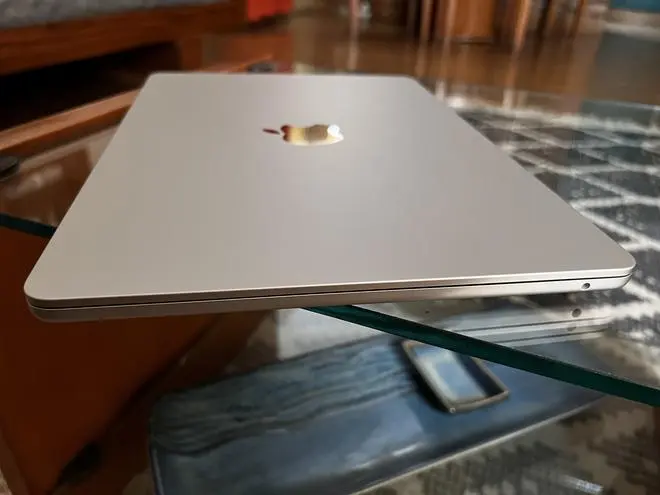Recently, we covered the launch Apple’s freshly minted MacBook Air based on the company’s own M2 chip. We have now spent a little time with this greatly loved laptop to see if it lives up to all the claims from Cupertino.

There’s nothing like seeing and handling a device up-close and personal to check out how much of a redesign it really comes with. In pictures, the changes seem minor, but when you unbox the new MacBook Air, the differences begin to surprise you despite knowing they’re there. First, the beautiful Starlight colour of our review unit: it’s very classy indeed. It’s the palest gold and looks clean and pristine.
A touch of Starlight
Male reviewers have been saying women will like the finish better, but really it’s not feminine in the way rose gold might be. It’s a beautifully neutral colour and doesn’t show up any fingerprints, which is something the Midnight variant does. These two shades add to the line up that already has Space Grey and Silver. There are reports that the Midnight variant also gets scratches but we can’t confirm that and would really recommend the Starlight in any case.

One design language
The Air is now thinner and lighter, yes, but the iconic tear-shaped wedge has disappeared. It has been so imitated by other laptop makers that its disappearance is probably not that bad a decision to have made. Without it, the device is more balanced in the hand (specially one hand) and doesn’t lean backwards as before. The laptop now takes on the clean-lined straight-up flat look that matches just about all the other Apple products. So now, there’s a definite consistency in the design language. With the new look, the Air is still a thing of beauty. It seems no thicker at 11.3mm than my iPad (without the case) and is lighter at about 1.2 kg. It’s now even more portable, which should please students who in any case prefer the MacBook Air if they have the means to buy it. Unfortunately, it has now become more expensive the world over because of myriad factors and so it becomes even more of a premium product. To counter this, Apple has an Education pricing that students should make use of.

Another element that has been used for design uniformity across devices is the notch on the screen. The Air’s display has one and it doesn’t do much except hold the front camera. Users ‘un-see’ the notch after a while of usage, but well, it’s there. The 13.6 inch
2560 x 1664 pixels screen is now bigger and has smaller bezels and looks really good despite not being an OLED. It is brighter than before but goes up to just 500 nits. It’s still what Apple calls Liquid Retina and is now good enough to compete with the display of the MacBook Pro. That means photo and video editing can improve on the Air as well. Know that this is not a touch screen and never has been.

An improved 1080p webcam now sits atop and naturally that’s important in this age of hybrid working. The hinge has four hidden speakers that now support spatial audio for music and movies. There’s also a high-high-impedence headphone jack which in today’s scenario is a big thing.
A step change
The model of the MacBook Air that we have for review is the base variant — and that’s a good thing as it’s the one that most people will end up buying. It has some specs that are rivalled by all the phones I have here. 8GB RAM and 256GB storage doesn’t sound like a lot, after all. But in terms of performance, the Air with its M2 chip powers through everyday work just great. That includes multi-tasking, browsing with many tabs open, and using MacOS Ventura with Stage Manager. It can easily handle video editing, 4K and 8K streaming or gaming for short sessions though if your work involves this intensely and continuously needing maximum CPU load, it’s the MacBook Pro you should be looking at. The Air is a fan-less and quiet design, but the only time it got very slightly warm was while updating. Other than that, we didn’t encounter heating issues. It was even used for compiling code for a while.
With this the Air encroaches into MacBook Pro territory somewhat. In fact, if you are considering 16GB RAM/512 GB SSD that would be an ideal machine for many. Anything else and may as well just consider a MacBook Pro.
The Air is quite a pleasure to work with also because of its excellent keyboard and touchpad. With just the right amount of travel, spacing and sizing, the experience is what is often called ‘buttery’.
Stellar battery life
Although Apple claims around 18 hours of battery life for the MacBook Air, we put it through some real life testing rather than benchmarks that don’t replicate actual working conditions o what the notebook is really meant for. Setting it up as a primary machine and doing everyday work on it plus giving it some continuous music to stream (as that is how we often work) and a bit of media consumption here and there, we found it only needed to go in for charging after two and a half days. You can use the standard 30W charger or the 35W dual USB-C allowing you to charge the Air and one more device. You can also opt to buy a 67W charger which supports fast charge and charges up the Air to 50% in just 30 minutes. MagSafe charging is also present.
The MacBook Air starts at ₹1,19,900 and ₹1,09,900 for students. Customisation is now available in India.




Comments
Comments have to be in English, and in full sentences. They cannot be abusive or personal. Please abide by our community guidelines for posting your comments.
We have migrated to a new commenting platform. If you are already a registered user of TheHindu Businessline and logged in, you may continue to engage with our articles. If you do not have an account please register and login to post comments. Users can access their older comments by logging into their accounts on Vuukle.